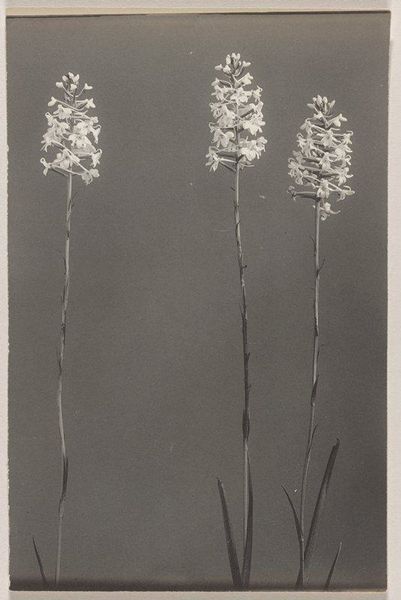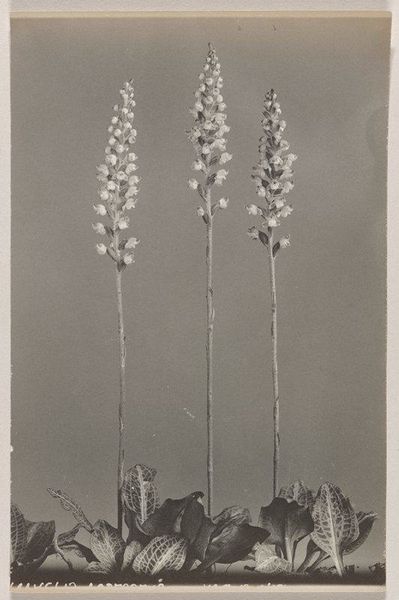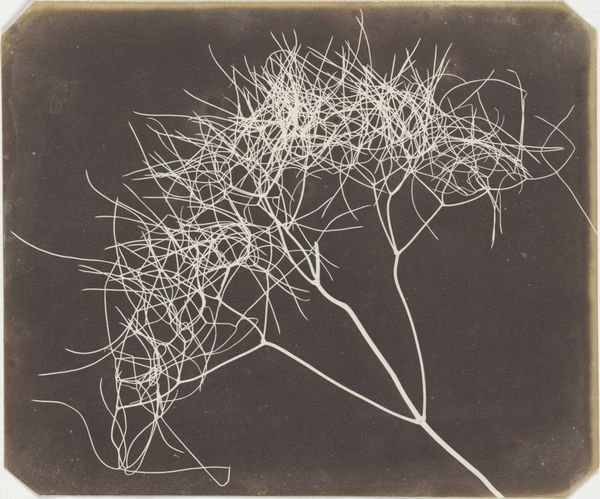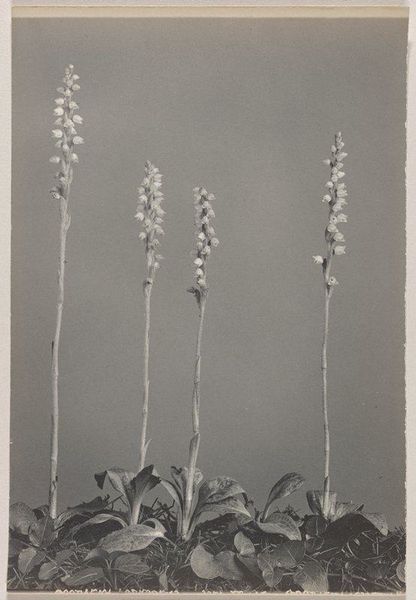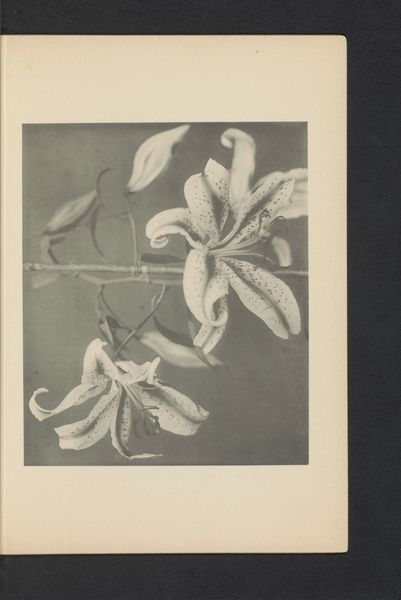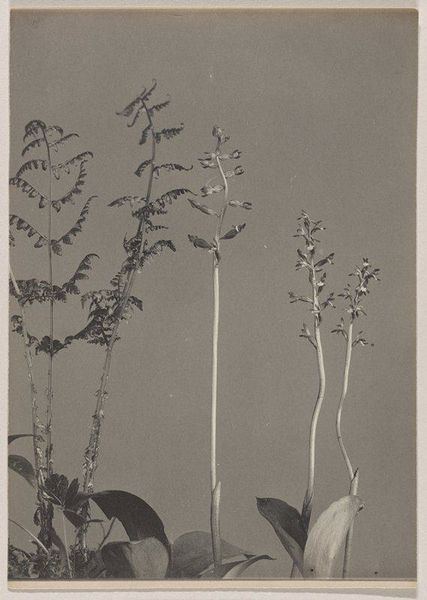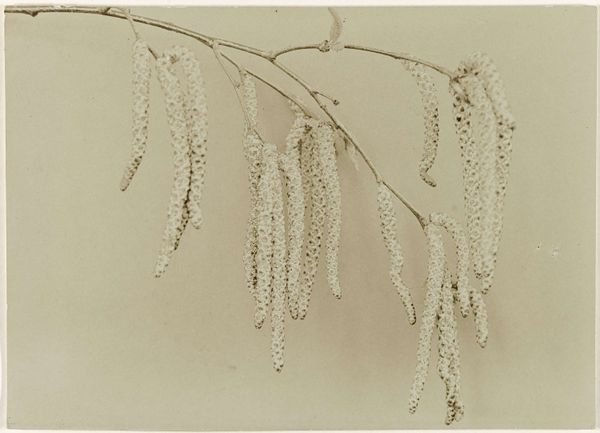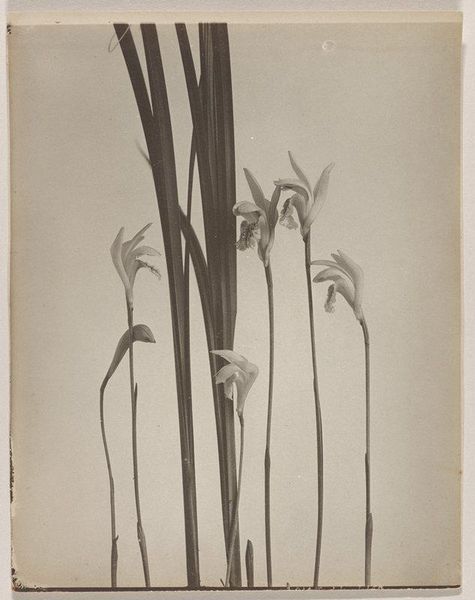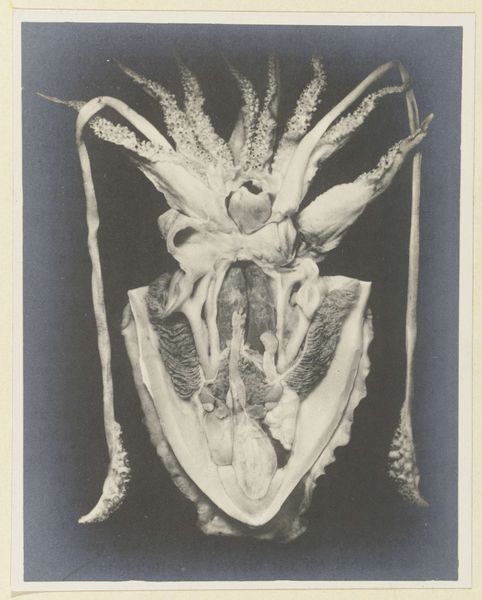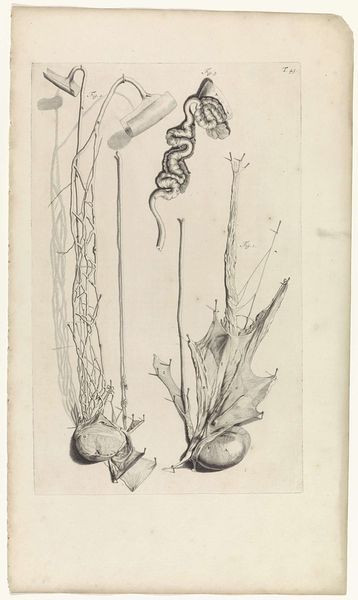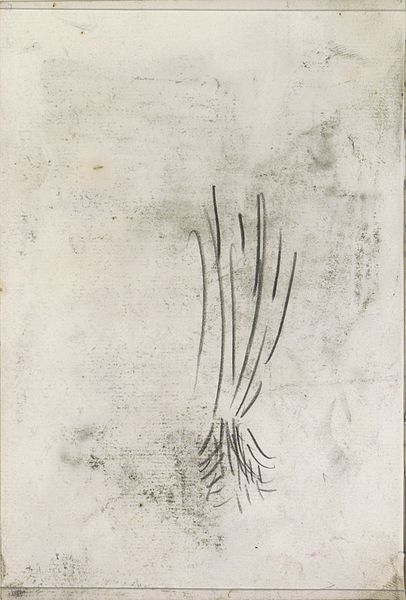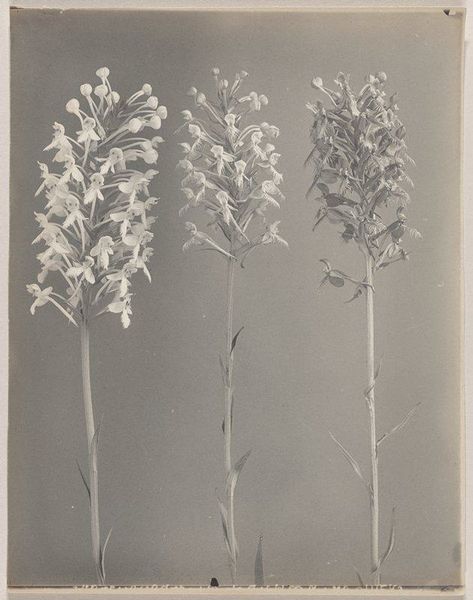
Habenaria lacera- Roots of Ragged Fringed Orchid 1931
0:00
0:00
photography, gelatin-silver-print
#
still-life-photography
#
landscape
#
photography
#
gelatin-silver-print
#
modernism
#
monochrome
Dimensions: 9 5/8 x 6 7/8 in. (24.45 x 17.46 cm) (image)10 x 6 7/8 in. (25.4 x 17.46 cm) (sheet)
Copyright: No Copyright - United States
Editor: This gelatin-silver print, "Habenaria lacera- Roots of Ragged Fringed Orchid" by Edwin Hale Lincoln, dates from 1931 and resides here at the Minneapolis Institute of Art. The stark monochrome draws my eye. There's something quite arresting about focusing on these roots in this manner. How do you interpret this work? Curator: It's a fascinating image, isn't it? I see this photograph existing at a nexus of science, art, and emerging public consciousness about nature in the early 20th century. Think about it: photography democratized image-making. Suddenly, detailed botanical studies weren't just for scientists. Ordinary people could see the hidden structures of plants. Editor: So you're saying it's about accessibility? Curator: Exactly! Consider how the Modernist movement was gaining momentum. Lincoln’s close-up shot, almost like an x-ray, plays with abstraction while highlighting natural forms. Photography, in that sense, was no longer just about creating a beautiful scene. It had the potential to educate and make visible previously unseen facets of life. How might this change how society related to plants and botany as a whole, beyond scientific circles? Editor: That's a really interesting point. It's not just a picture of roots, but part of a shift in how we *see* and *value* the natural world...democratizing knowledge. Curator: Precisely. Think about the broader social context. This was a period of increasing urbanization. People were becoming more detached from the rural landscapes. This photograph could be seen as a way to bring nature back into their consciousness, even if just as an image. What new considerations does that perspective offer, considering the relationship between growing urbanization and the evolving social significance of this piece? Editor: That completely reshapes how I see this. It is far more layered than I first realized. Thank you! Curator: My pleasure. It highlights the critical relationship between art, society and the natural world.
Comments
No comments
Be the first to comment and join the conversation on the ultimate creative platform.

